10 Brainstorming Activities for Kids, Adults and Anyone

Brainstorming Activities for Ideas
How can you be more creative? Use our brainstorming activities that can really tickle your creative juices.
Like all our worksheets, they are 100% free to print off and use. Let’s get you started with 10 of our best.
1. Multi-purpose Items
In the “Multi-purpose Items” game, the teacher starts by showing the class an everyday object, like a fork.
Students then have a few minutes to brainstorm as many different uses for that item as possible. They might suggest using a fork to eat, comb hair, open cans, or mix ingredients.
After about five minutes, everyone shares their creative ideas. It encourages out-of-the-box thinking and improves vocabulary.
3. Talking Timebomb
The teacher picks a topic and starts the music. Students pass a ball. Each says a unique word related to the topic before passing it on. No repeats allowed.
When the music stops, the person holding the ball loses. They might face a challenge, like doing an impromptu speech. But I don’t like putting my students on the spot like that.
4. Compound Words Game Board
Pair up students and give each team a game board and dice. Players roll, move, and write down the word they land on.
As they progress, they create compound words using their collected words.
For example, landing on “BLUE” can match with “PRINT” or “BERRY” for two points. Landing on “FOOT” could match with “PRINT” for another point.
5. Pushy Salesperson
Start by showing a funny infomercial from your home country to set the mood.
Then, demonstrate by trying to sell a silly product to your class. You can really channel your inner pushy salesperson.
Finally, it’s the students’ turn to shine. Give them each an unlikely item to sell, using ideas from the worksheet. Watch as they transform into a salesman.
6. English Shiritori
Shiritori is a fun word chain game that I learned from Japan. Pair up students and start with any word.
The next player must think of a word beginning with the last letter of the previous word. For example, if the first word is “cat,” the next could be “tree,” then “elephant,” and so on.
Players continue building the chain, improving vocabulary and spelling as they go. The game ends when a player can’t think of a connecting word.
7. No Subtitles
Time to try a hilarious speaking activity. Choose an English movie and play it on mute, without subtitles.
Divide the class into pairs and challenge them to become voice-over actors for the characters.
They’ll need to create dialogue that matches the actors’ lip movements and actions on screen. Just a warning that this is best for advanced classes.
8. Like or Dislike
Each student writes down their loves and hates anonymously. The teacher collects and reads these aloud to the class.
Students then try to guess which classmate each list belongs to. This game adds a personal touch to language learning.
It also encourages students to express preferences and learn about their peers. Get ready for some surprises and laughs.
9. Famous Foreheads
Arrange students in a circle and give each a post-it note. Everyone writes a famous person’s name and passes it left.
Players stick the notes on their foreheads without peeking. Taking turns, students ask yes/no questions to guess their identity.
The first to guess correctly wins. But encourage everyone to keep playing until they figure out their famous person.
10. Cultural Dictionary
Ask each student to write down one culturally significant item from their country. Invite volunteers to share their choices with the class.
Collect all responses and compile them into a unique “Culture Exchange Dictionary” to keep in the classroom.
You can really promote mutual learning as students share their cultures while learning about others.
Brainstorming Activities for Ideas
If you need some brainstorming activities, then these 10 worksheets will get you half the way there.
Because practice makes perfect, put them into action by printing them off. And then you’ll be 100% the way there.
Have you ever had to brainstorm and think of ideas? Which brainstorming activities did you use?


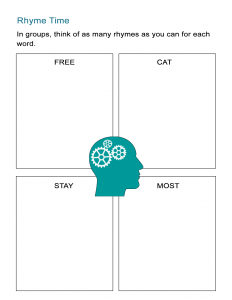

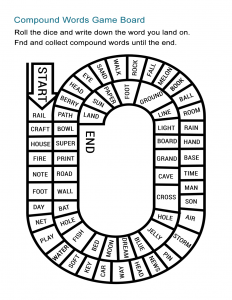

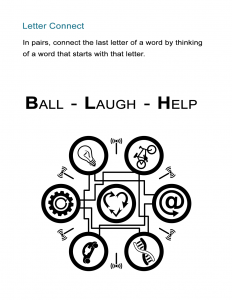

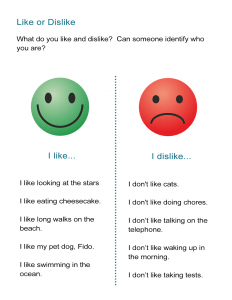
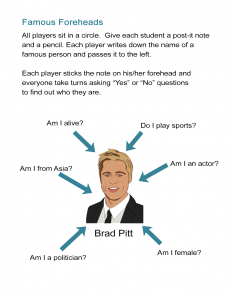
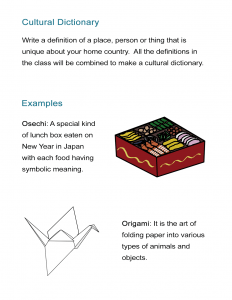
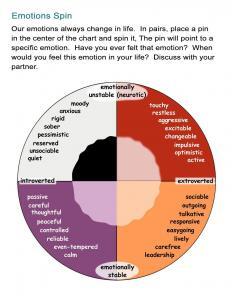



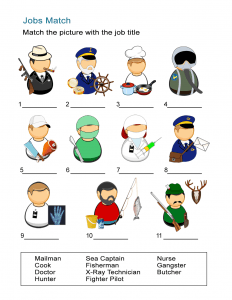


All are very good activities
Very nice activities 👍
All are superb !
Thanks a lot. The ideas are brilliant.
Wonderful job
The activities and worksheets are beautifully designed according to the level and interest of children. I really loved it and will surely help my children to gain knowledge while solving it.
Thank you for these worksheets!
I love these worksheets. They are very useful for my classroom activities.